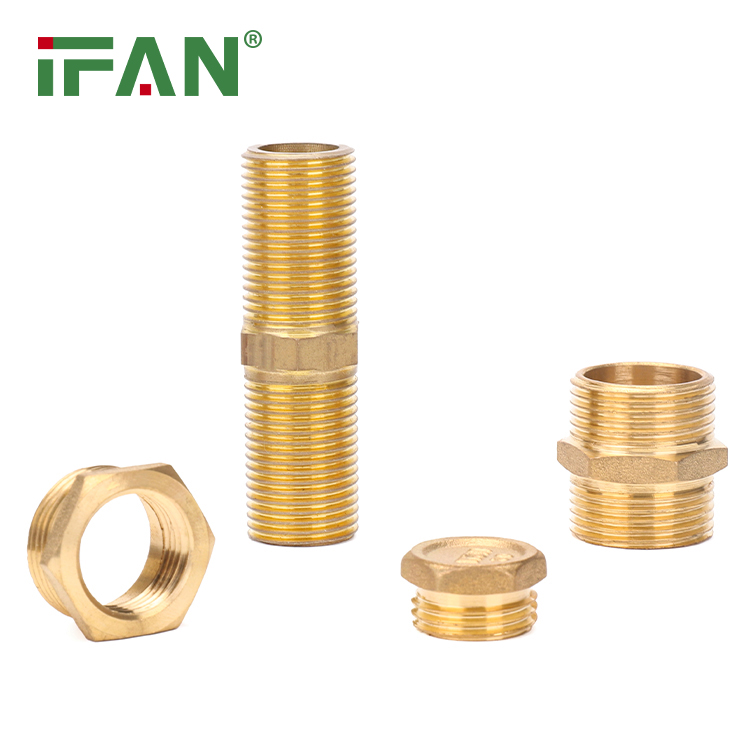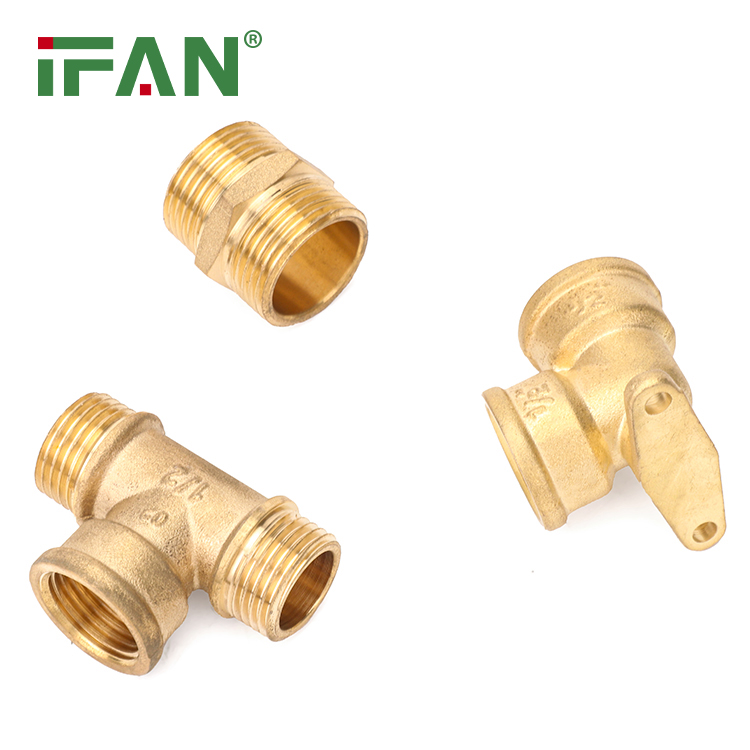Brass Fittings in HVAC: Improving Your System’s Performance and Efficiency
Introduction:
Heating, ventilation, and air conditioning (HVAC) systems play a crucial role in keeping the indoor temperature comfortable and pleasant. They work together to provide warm or cool air as required, depending on the weather. HVAC systems use different types of components and fittings for their proper functioning. One such component is brass fittings that can improve the overall performance and efficiency of HVAC systems.

What are Brass Fittings?
Brass fittings are mechanical components made from brass material, which is a copper-zinc alloy. They are used to join different components of HVAC systems, such as pipes, tubes, hoses, valves, and pumps. Brass fittings are known for their excellent corrosion resistance, high ductility, and robustness, making them suitable for different applications.
How Brass Fittings Enhance HVAC Performance and Efficiency?
Several ways brass fittings can enhance the performance and efficiency of HVAC systems include:
- Leak-proof connection: Brass fittings provide a secure and tight connection between HVAC components, preventing any air or fluid leakage. This leads to improved efficiency, reduced energy consumption, and cost savings.
- Durability: Brass fittings are durable and corrosion-resistant, withstanding friction, wear, and tear, and extreme weather conditions. This results in longer HVAC system life, reduced maintenance costs, and enhanced performance.
- Versatility: Brass fittings are available in various shapes, sizes, and threads, allowing them to fit different HVAC system components and configurations. This enhances the flexibility and adaptability of HVAC systems, making them more efficient.
- Easy installation: Brass fittings are easy to install, requiring minimal tools and time. This reduces the labor cost and downtime of HVAC systems and ensures quick repairs and replacements.
Examples of Brass Fittings used in HVAC Systems:
Some common brass fittings used in HVAC systems include:
- Couplings: They join two pipes or tubes together, allowing fluid to flow.
- Elbows: They connect pipes at a 90 degree or 45-degree angle, allowing the pipes to turn.
- Tees: They connect three pipes together, enabling the fluid to flow in different directions.
- Adapters: They connect two different-sized pipes or tubes together, adapting to different configurations.
Conclusion:
In conclusion, brass fittings are essential components in HVAC systems that can enhance their performance, efficiency, and durability. They provide a leak-proof connection, are durable, versatile, and easy to install. They come in various shapes, sizes, and threads, making them suitable for different HVAC system configurations. Brass fittings are a smart investment for any HVAC system, providing long-term cost savings and benefits.






